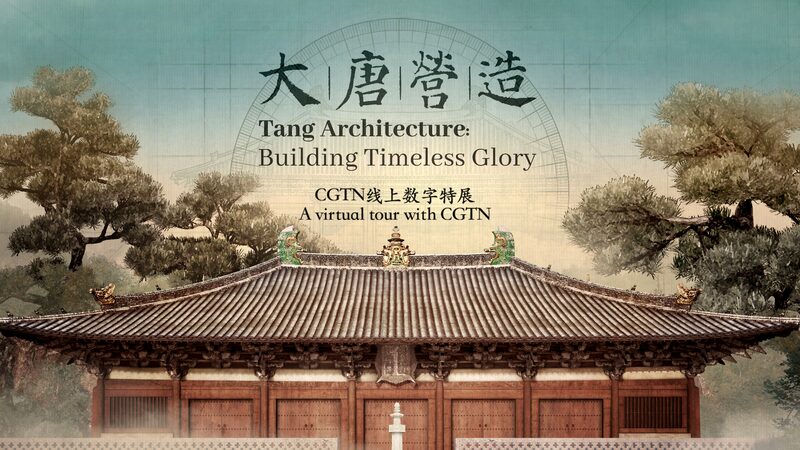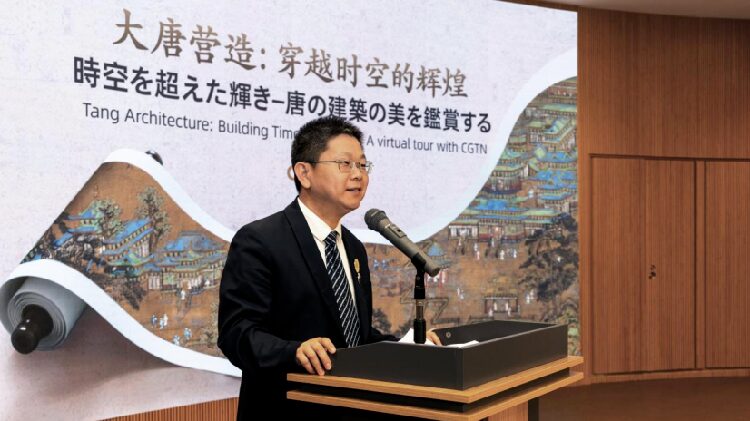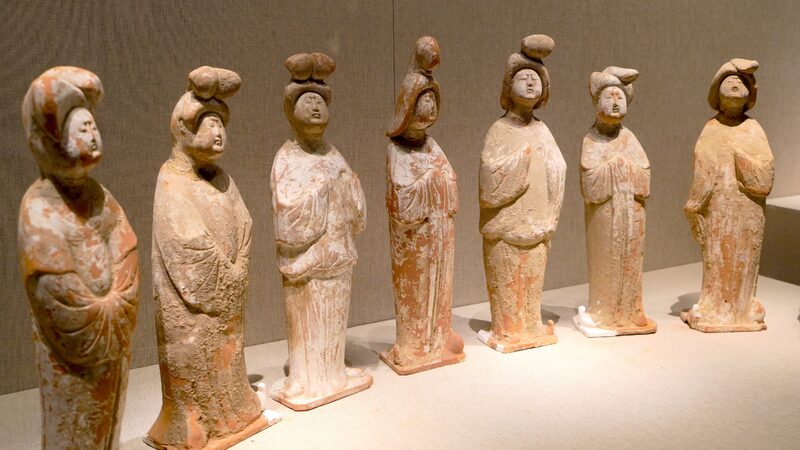Architecture is often called “frozen music,” and nowhere is this more evident than in the traditional architecture of the Chinese mainland. The Tang Dynasty (618-907) stands out as a golden age in Chinese history, not just for its cultural achievements but also for its magnificent architectural feats.
The Golden Era of Openness and Innovation
The Tang Dynasty was a period of openness, cultural exchange, and prosperity. This atmosphere fostered advancements in various fields, including architecture. Builders and artisans of the time embraced new ideas and techniques, leading to the creation of structures that combined functionality with aesthetic beauty.
Symmetry and Intricate Designs
One of the defining features of Tang architecture is its emphasis on symmetry and balance. Buildings were often laid out along a central axis, reflecting principles of harmony and order deeply rooted in Chinese philosophy. Intricate wooden designs, elaborate roof structures, and ornate decorations showcased the artisans’ craftsmanship and attention to detail.
Legacy of Tang Architecture
Many architectural elements from the Tang Dynasty have influenced subsequent generations. The use of wooden frameworks, tiled roofs with upturned eaves, and decorative brackets became staples in Chinese architecture. Structures like the Great Wild Goose Pagoda in Xi’an stand as testaments to the grandeur and innovation of the era.
Inspiration for Today
Tang Dynasty architecture continues to inspire modern architects and artists around the world. Its principles of harmony with nature, structural elegance, and cultural expression resonate with contemporary desires for sustainable and meaningful design.
A Timeless Heritage
The grandeur of Tang architecture is more than just historical relics; it is a living heritage that speaks to the enduring spirit of innovation and beauty. For young people today, exploring this architectural legacy offers insights into a culture that values harmony, creativity, and connection with the wider world.
Reference(s):
cgtn.com








